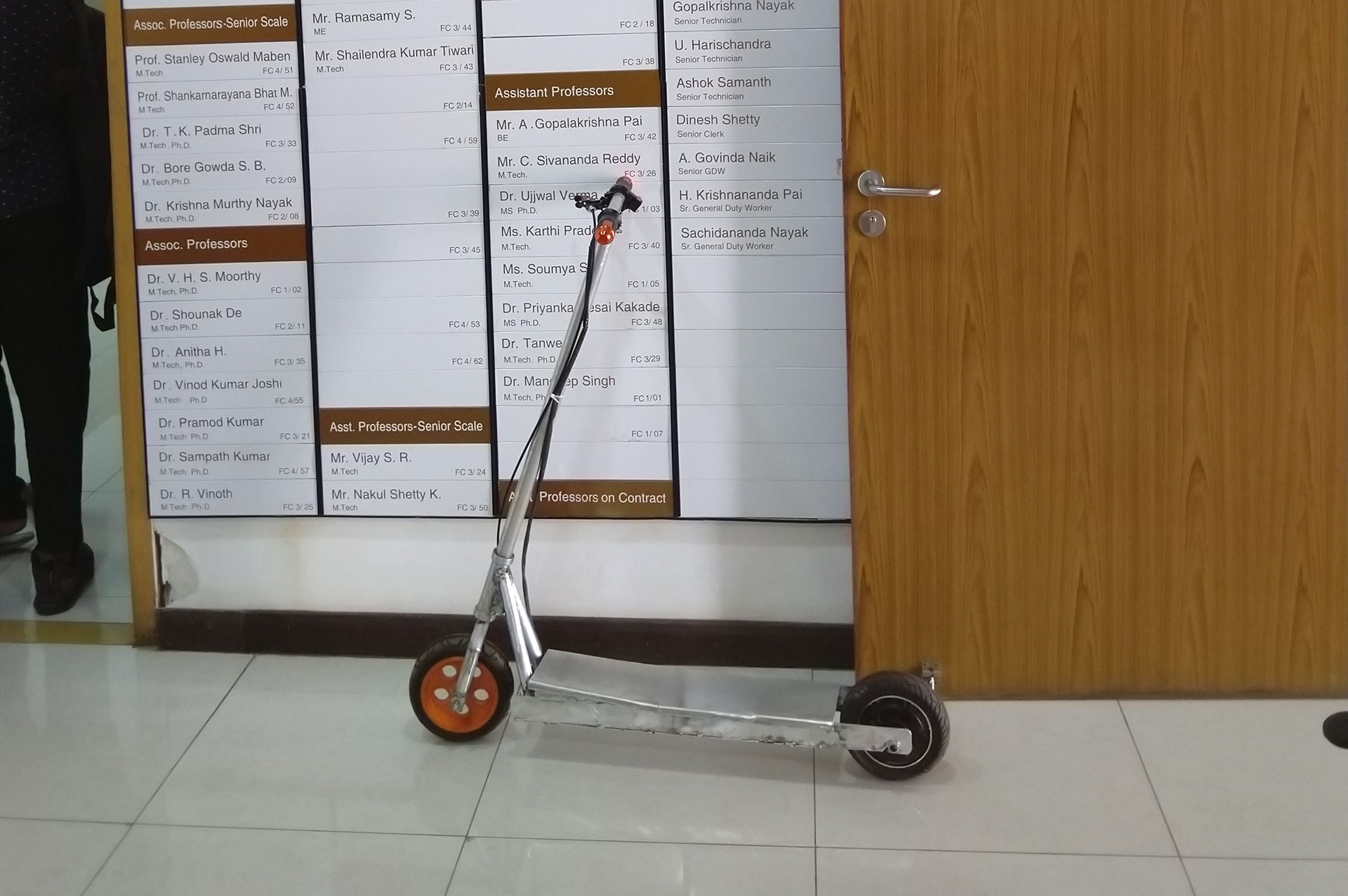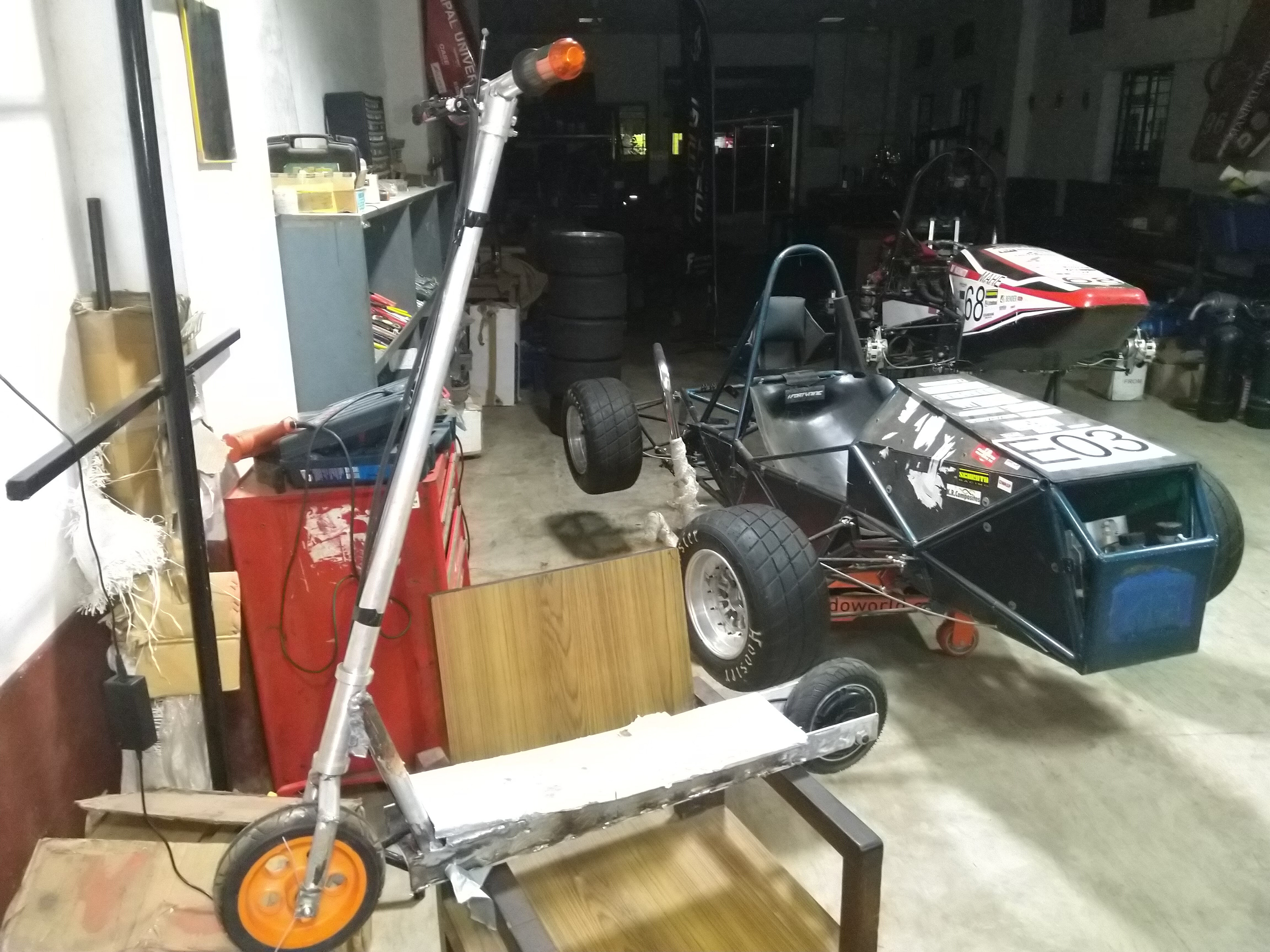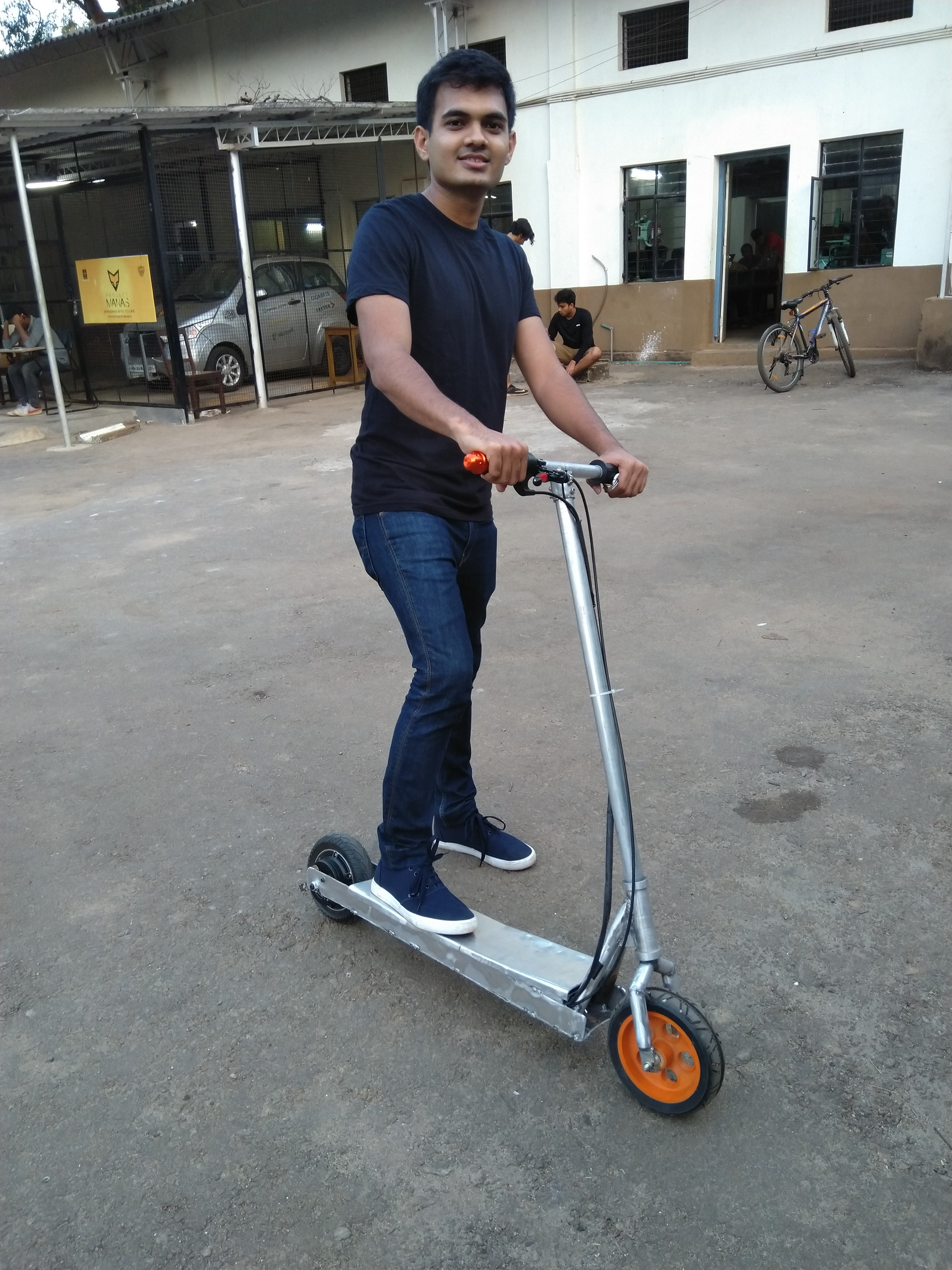Objective
To design a low-cost transport system for use inside a college or corporate campus.
The Process
User Study
On students staying in MIT Hostels
Competitor Analysis
Mi Scooter
Goal Definition
1. To design and fabricate an electric scooter with the following capabilities:
• Range greater than 15 kilometers (Accounting for a student’s regular commute).
• Maximum speed of 20 kilometers per hour.
• Capable of maneuvering an incline of at least 10 degrees.
• Capable of providing essential information back to the user.
2. To make such a product affordable, for widespread use
3. To make the product easy and comfortable to use
• Range greater than 15 kilometers (Accounting for a student’s regular commute).
• Maximum speed of 20 kilometers per hour.
• Capable of maneuvering an incline of at least 10 degrees.
• Capable of providing essential information back to the user.
2. To make such a product affordable, for widespread use
3. To make the product easy and comfortable to use
Timeline
Calculations
Calculations for motor power and battery energy were done based on the given load specifications and then verified using a simulation software (OptimumLap)
Component Selection
Based on the simulations, components to be used such as motor, motor controller, battery pack, etc. was done.
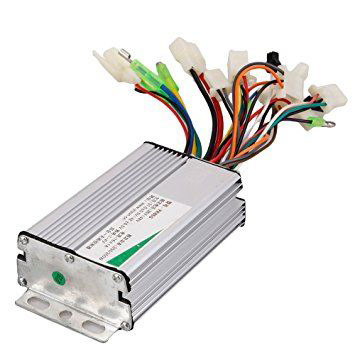
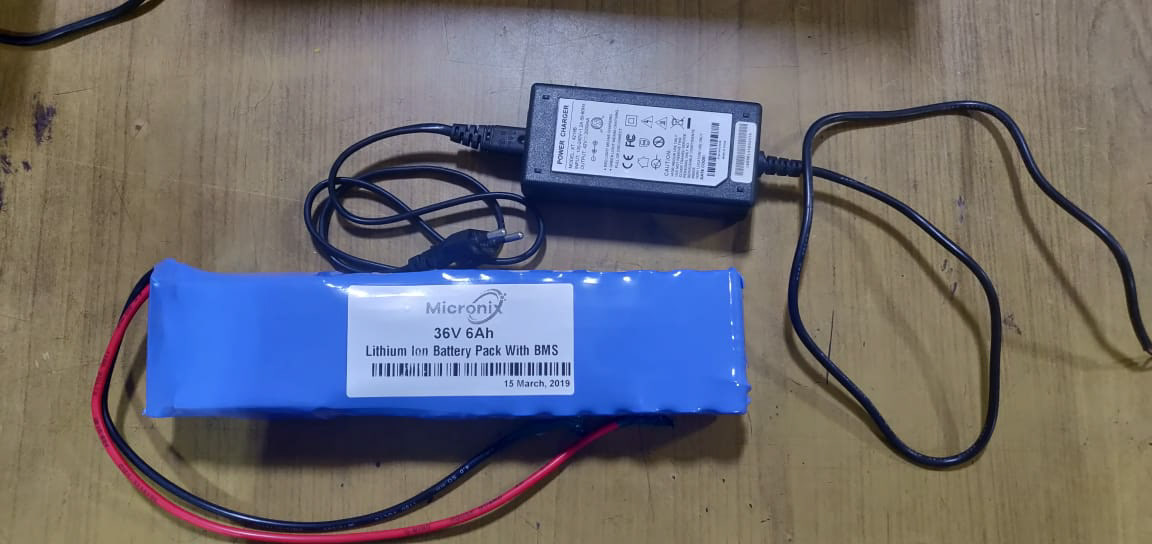

Smart Features
Smart features were added to the design to make the user aware of the battery charge and location of the product on demand.
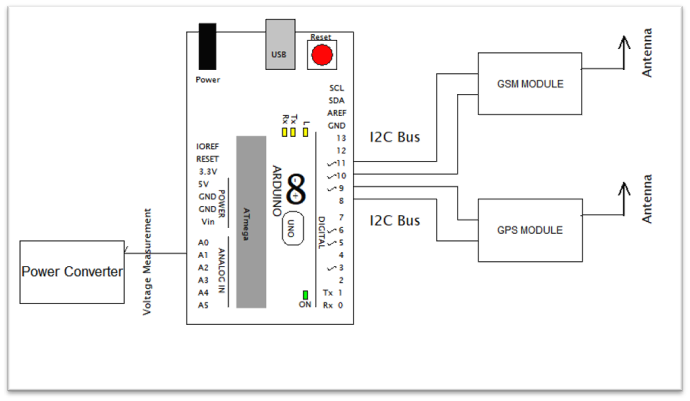
Structure Design and Ergonomics
After selection of key components, the structure was designed to carry them and the user.
The product was then tuned to the size of a 95th percentile male, taking into consideration the foot size and elbow height metrics and incorporating them in the design.
CADs done with Aman Gupta
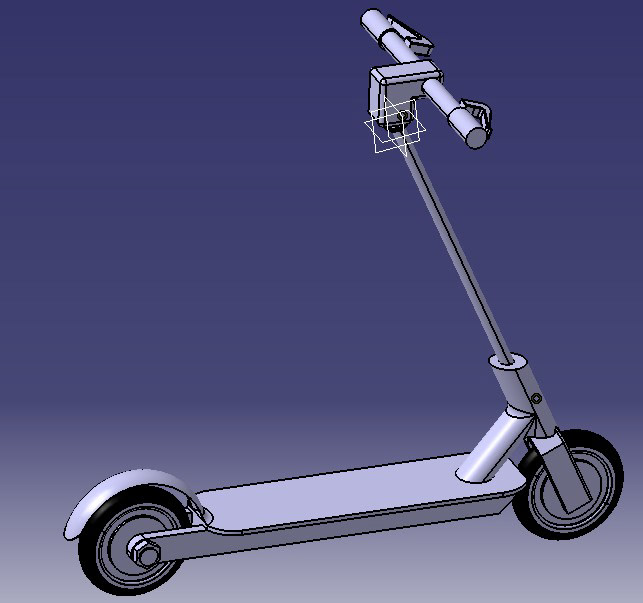
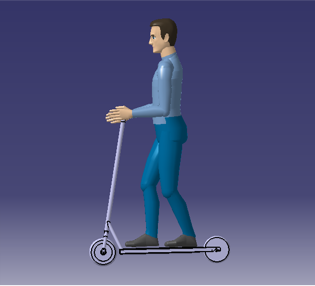
Material Selection and Part Design
Parts were tested iteratively using different designs and materials and Aluminium was selected as the material to be used.
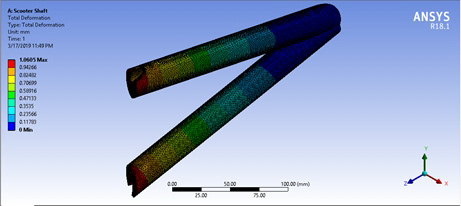
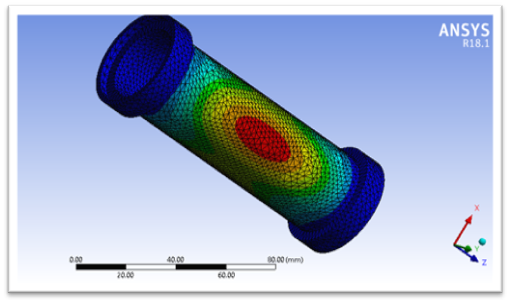
Manufacturing
The frame and circuit boards were then manufactured and assembled.
Welding work by Pranav Agrawal, and GS Mounik, Vyom Kumar and Aditya Shankar guided me through electronics assembly.
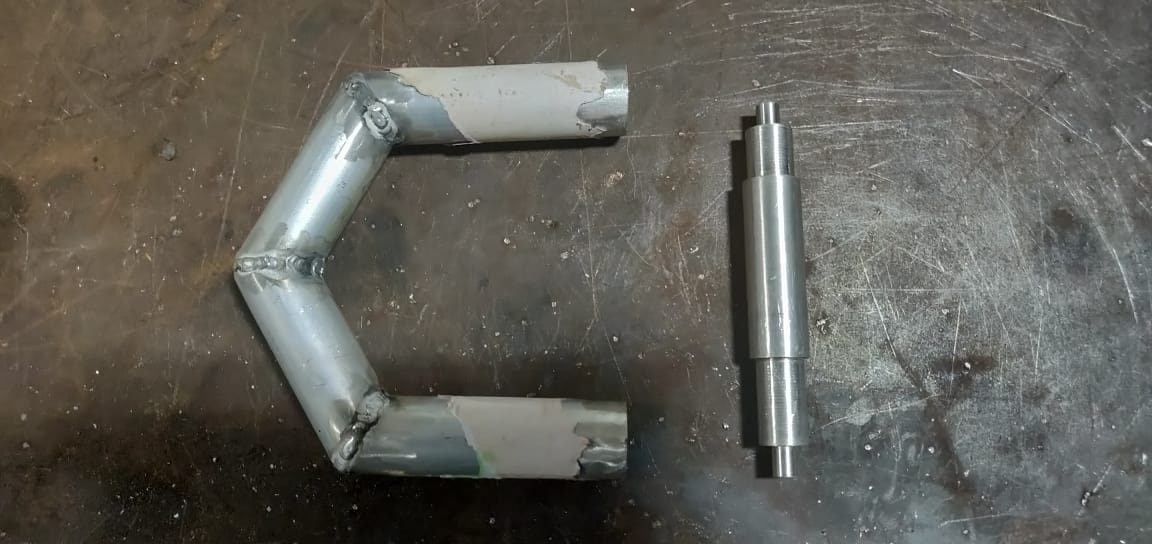
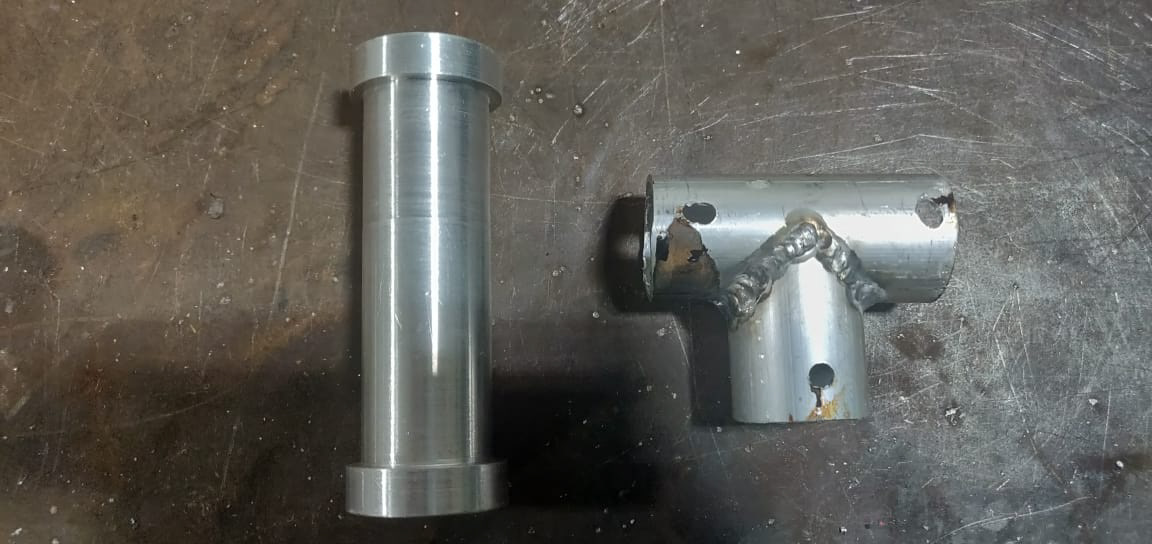
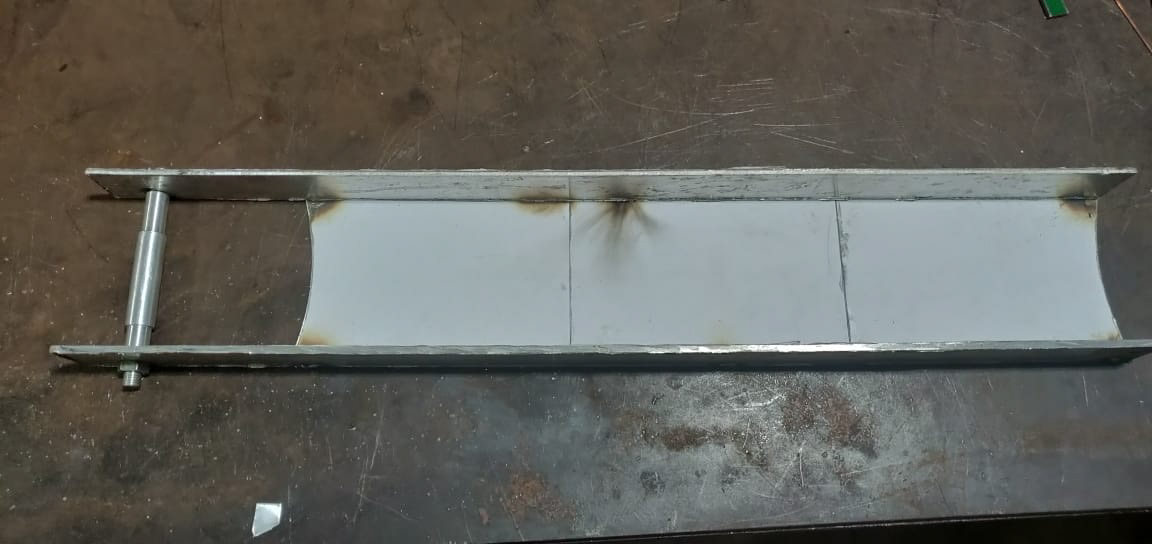
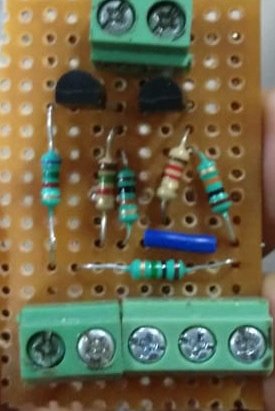
Integration and Assembly
The frame was then first tested independently and then the electrical components were tested after being mounted on the frame. Smart electronics were also added to the product.
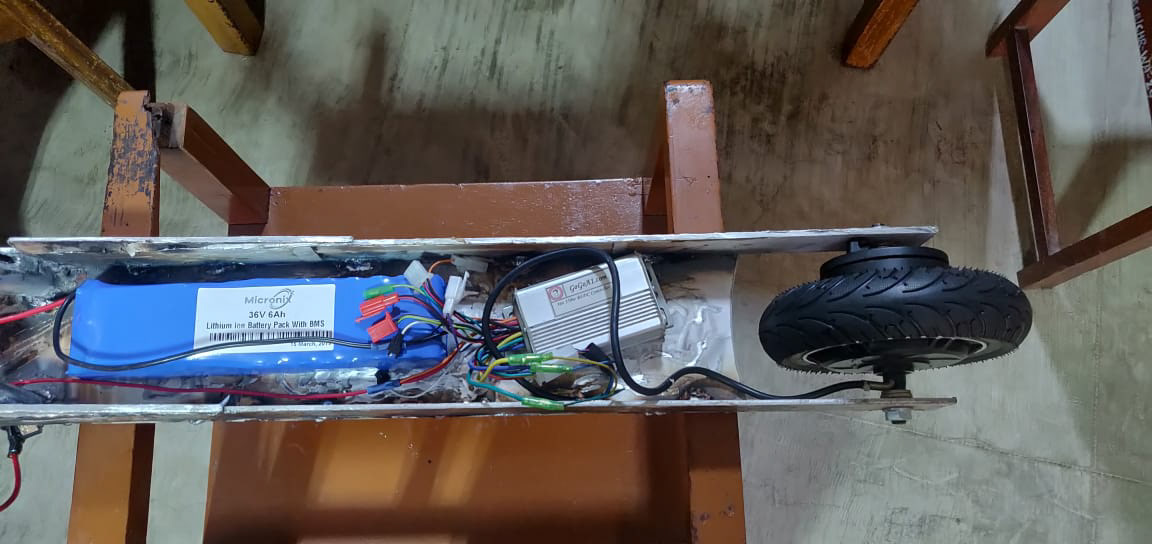
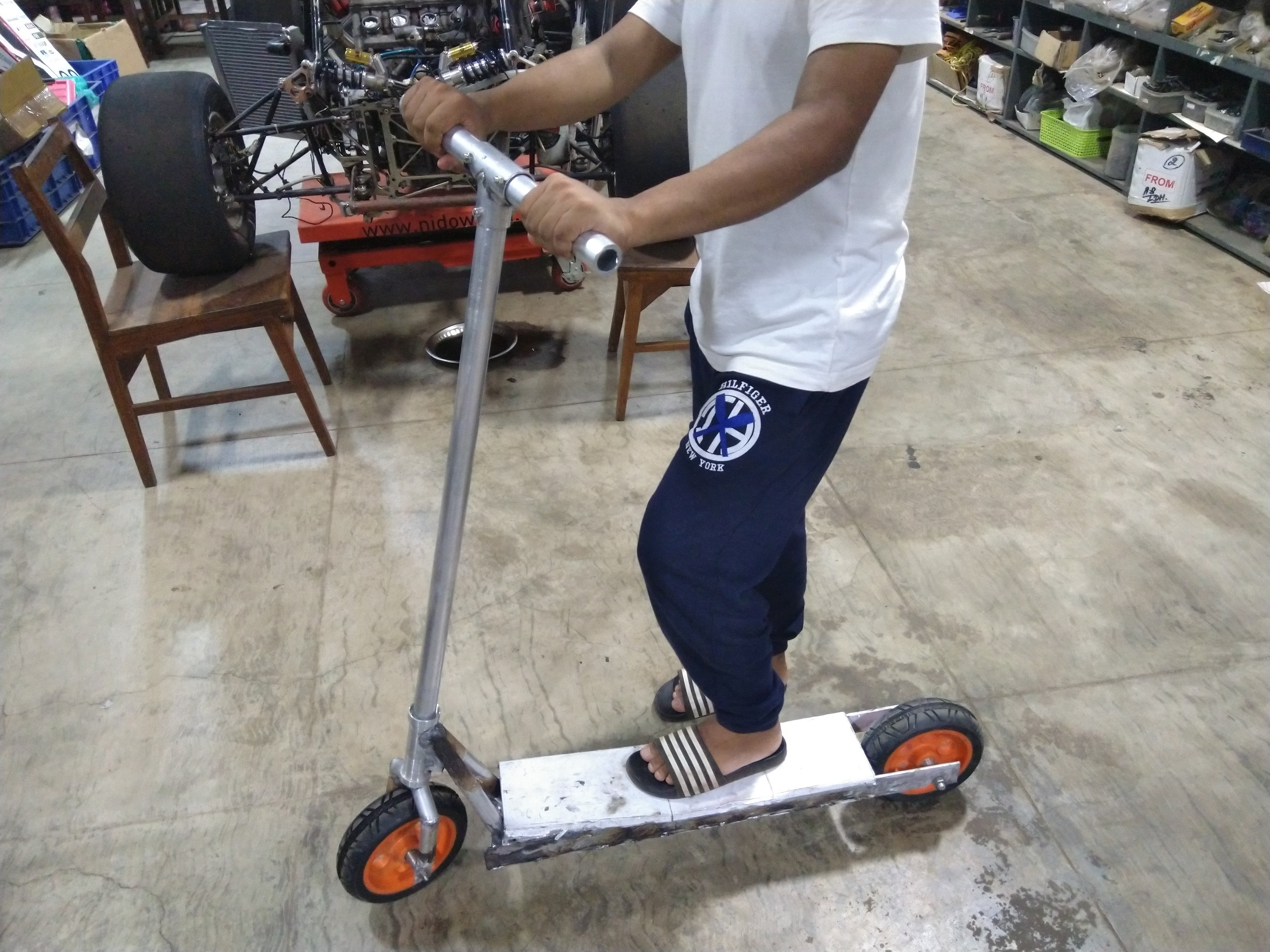
Preliminary Tests on Structure
Featured in Test Video: Pranav Agrawal, video by Syed Husam
Final Product and Testing
Featured in Test video and photos: Deepen Solanki
